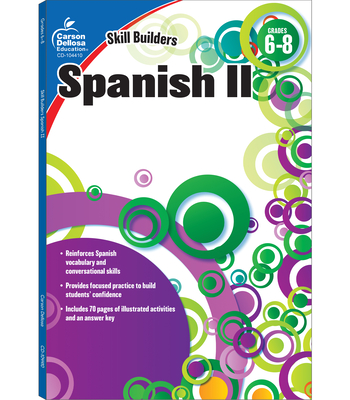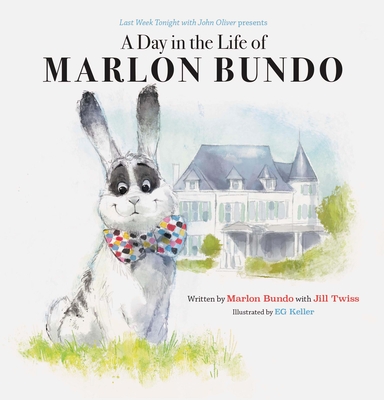Item is not available
member goods
No member items were found under this heading.
listens & views

HELL YEAH: ULTIMATE COUNTRY DRINKING ...
by HELL YEAH: ULTIMATE COUNTRY DRINKING SONGS / VAR
COMPACT DISCout of stock
$21.99
Return Policy
All sales are final
Shipping
No special shipping considerations available.
Shipping fees determined at checkout.






